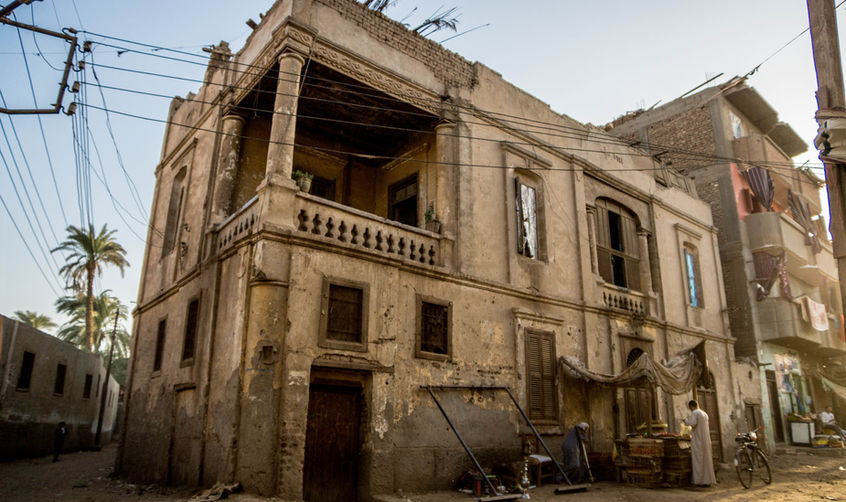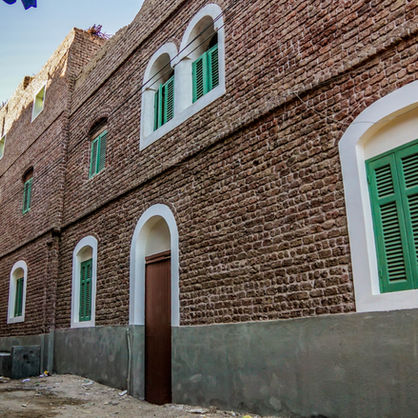Takween’s mission focuses on innovative and concrete solutions that have been researched, tested and implemented to meet the needs of communities and their specific built environments to achieve inclusive urban spaces that will thrive for generations to come. With this mission, Takween aims to improve the quality for inhabitants living in cities across Egypt and the Middle East.


Assessment of the Vernacular Architecture of Shutb Village
Asyut Governorate is one of the four governorates of the Middle Upper Egypt Region – which also includes the governorates of Qena, Sohag, and the Red Sea. The City of Asyut (the capital of the governorate) is currently considered the capital of Upper Egypt. The importance of the City of Asyut stems from its significance as a hub for trade which relates to Asyut’s historic role as a major centre for the trade caravans linking Egypt to Sudan through what was called Darb al-Arab`yin (The Forty-Days Route). Currently, the markaz of Asyut, surrounding the City of Asyut but does not include it, encompasses 29 rural villages - one of them is Shutb Village.
Shutb’s urban setting consists of a historic core developed over a long period of time on a hilly plateau, surrounded from all sides by more recent urban expansions on the village’s agricultural lands. To the majority of the stakeholders (including the local residents, the Governorate and the MoA officials), Shutb is merely an ‘ordinary’ village; hence, many of its traditional buildings have been demolished in the past without any protection or documentation measures. To this effect, it is important to understand and analyse the different values of the various elements of this ‘built’ heritage.
Location:
Shutb Village, Asyut, Egypt
Duration:
March 2016 - March 2019
Project Partners:
The British Museum, the Egyptian Ministry of Antiquities (MoA).
Objective:
The main aim of this project is to conduct an architectural and condition assessment of the vernacular architectural heritage and the traditional urban fabric of Shutb Village in Asyut (Egypt), and to identify the requirements and potential scenarios for the documentation of this heritage. The project supports the activities of the Department of Ancient Egypt and Sudan of the British Museum in the village in collaboration with the Egyptian Ministry of Antiquities (MoA).

Scope:
1. Documentation of the built heritage
Documenting the village's built heritage through documenting its significant buildings, traditional facade continuums, houses with significant elements, public open spaces, and significant urban fabric clusters.
2. Social Surveying and Community Heritage Awareness Workshops
Surveying targeted parts of the village including documentation of residents’ usage of buildings, different internal spaces, and traditional construction techniques.
3. Implementation
Improving the quality of the public realm by upgrading one of the public spaces in the village and providing it with seats. Preserving and upgrading the facades of a number of selected significant traditional houses, using traditional preserving techniques.
4. Before and After Photos













